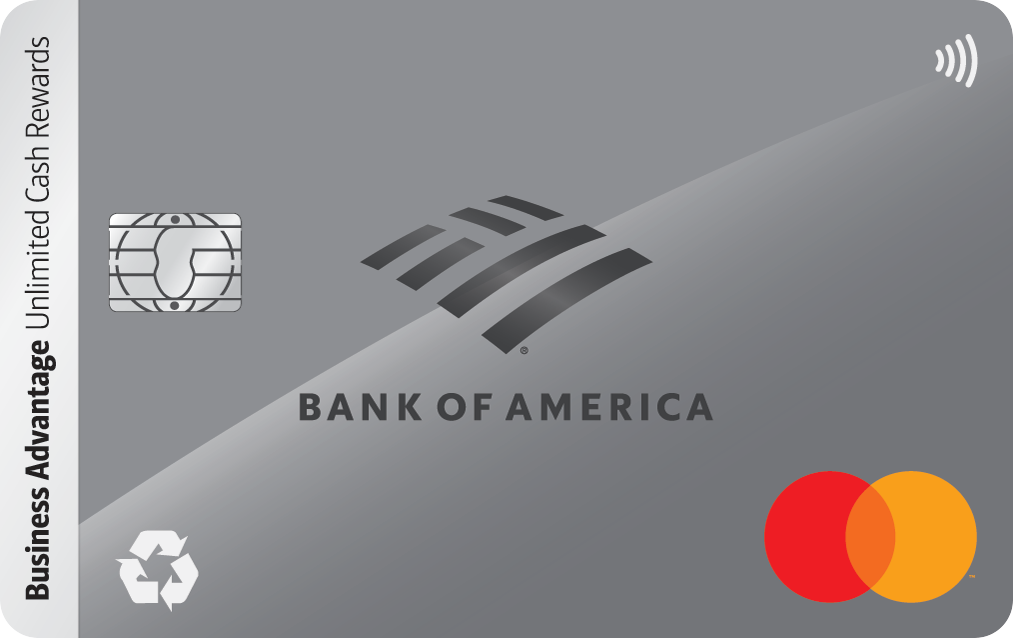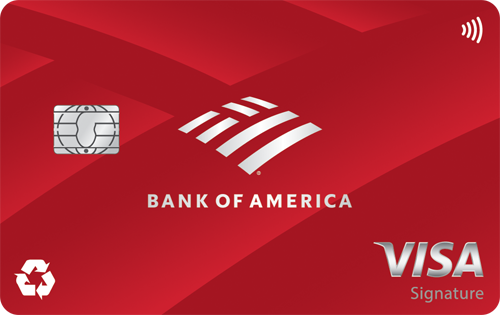Are I Bonds Worth Buying in 2024?
KEY POINTS
- I bonds issued from November 2023 through April 2024 have a guaranteed 5.27% yield.
- There are some good reasons to buy I bonds, such as to protect your money from inflation.
- However, there are some drawbacks to take into consideration first, including the withdrawal restrictions.
Series I Savings Bonds -- more commonly known as "I bonds" -- are designed to protect the purchasing power of your money from the damaging effects of inflation. And while these instruments come without risk and could end up paying quite a lot if inflation heats up, they aren't perfect for everyone.
Here's a quick rundown of the perks and potential drawbacks of buying I bonds in 2024 to help you decide if they're the right fit for your saving and investing strategy.
Reasons to consider I bonds in 2024
I bonds that are issued from November 2023 through Apr. 2024 have an initial yield of 5.27%, which is guaranteed for the first six months and will be adjusted for inflation every six months thereafter.
The obvious reason to buy I bonds in 2024 is for the high initial yield combined with long-term inflation protection. Specifically, the 5.27% yield is a combination of a 1.3% fixed rate that will remain for the life of the bond, as well as an inflation adjustment, which when annualized produces the total yield of 5.27%. If inflation were to spike higher unexpectedly or stay elevated for a long time, your I bond yield would adjust every six months to compensate.
Potential I bond drawbacks to keep in mind
There's no such thing as a savings or investment vehicle that is perfect for everyone, and I bonds aren't an exception. Before you open a Treasury Direct account and start putting your money into I bonds, here's what you need to keep in mind.
- Withdrawal restrictions: One big downside you need to consider is that you cannot cash in an I bond for at least a year, and you'll be hit with a penalty if you cash out within the first five years. Because of this, I bonds are most appropriate for people who won't need their money for a while.
- If inflation disappears: While I bonds can be a great way to protect yourself from high inflation, it's also important to realize that if inflation slows down, your I bond yields could end up lower.
- Purchase limitations: Direct I bond purchases are limited to $10,000 per person, per year. You can purchase as much as $5,000 in additional I bonds if you use your tax refund, but at most, any one person cannot purchase more than $15,000 of I bonds in a given year.
- Compare with other high-yield, risk-free vehicles: It's important to compare I bonds to other risk-free savings vehicles. For example, while a certificate of deposit (CD) won't necessarily help you if inflation spikes, you can find 1-year CDs through reputable banks with yields that are even higher than the 5.27% paid by I bonds as of this writing. I bonds are designed to pay more in an inflationary environment, but not necessarily in a high-interest environment. It's entirely possible to have one without the other.
No perfect answer
Like most investment vehicles, bonds aren't a great fit for everyone. If you're looking to protect some of your savings that you won't need for a while from inflation, I bonds could be a good fit for you. However, there are some significant drawbacks to keep in mind before you start buying.
Our Research Expert




